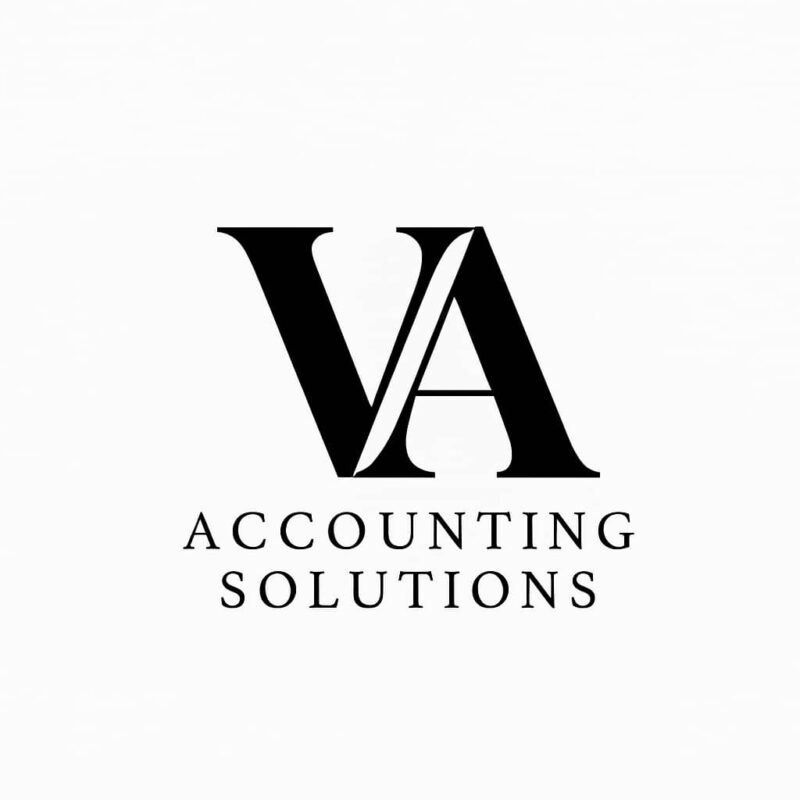The “Wholly and Exclusively” Test: Applying HMRC’s Golden Rule
For any self-employed individual, understanding and correctly applying the rules for business expenses is the most direct way to reduce their taxable profit and, consequently, their final tax bill. The foundation of all expense claims rests on a single, critical principle set by HMRC: the cost must be incurred “wholly and exclusively“ for the purposes of the trade.
This “golden rule” means that the expense must be solely for business purposes. Personal expenses are not allowable. While this sounds straightforward, complexity arises with costs that have a dual purpose, serving both business and private needs. Common examples include mobile phones, home broadband, or a laptop used for both work and personal tasks. In these cases, HMRC guidance is clear that a taxpayer can only claim the business proportion of the cost.
The critical challenge for the taxpayer is not the rule itself, but the requirement to establish a “reasonable method” of apportioning the cost between business and private use. The burden of proof lies entirely with the individual to justify their calculation if challenged by HMRC. For instance, HMRC provides an example of a £200 annual mobile phone bill where £70 of calls were for business and £130 were personal; in this case, only the £70 can be claimed as an allowable expense.

To remain compliant, it is essential to maintain clear records that support any apportionment. This does not need to be overly complex, but it must be logical and defensible. For a dual-use laptop, a taxpayer might keep a simple log for a typical week to establish a percentage of business use (e.g., 40 hours of work use out of 50 total hours of use equates to an 80% business proportion). This calculation, recorded contemporaneously, is as vital as the purchase receipt itself. A lack of a clear, documented apportionment method can lead to the expense being disallowed during an HMRC enquiry, resulting in back-tax, interest, and potential penalties.
A-Z of Allowable Expenses: A Comprehensive Checklist
While the “wholly and exclusively” rule provides the framework, knowing the specific categories of expenses that HMRC deems allowable is essential for maximising legitimate claims. Every pound of allowable expenditure claimed directly reduces taxable profit. The following checklist covers the most common categories for self-employed individuals and sole traders.
- Office Costs: These are the day-to-day running costs of a business. This category includes stationery, postage, phone and broadband bills, and computer software. If a separate business premises is rented, the rent, business rates, and utility costs are also allowable.
- Travel Costs: The costs of business-related travel are deductible. This includes fuel, parking, train or bus fares, and vehicle insurance, servicing, and repairs. However, HMRC rules explicitly disallow the cost of commuting, which is defined as travel between home and a permanent place of work.
- Legal and Financial Costs: Professional fees incurred for the business are allowable. This includes fees for an accountant or bookkeeper, professional indemnity insurance, and bank charges on a business account. Interest on business loans is also a deductible expense.
- Marketing, Subscriptions, and Entertainment: Costs associated with promoting the business, such as website hosting, online advertising, and printing flyers, are allowable. Subscriptions to professional bodies or trade journals relevant to the business are also deductible. It is important to note that client entertainment is generally not an allowable expense for tax purposes.
- Clothing Expenses: The rules for clothing are strict. A deduction can be claimed for a uniform or necessary protective clothing. However, the cost of everyday clothing, even if worn exclusively for work (such as a business suit), is not an allowable expense.
- Staff Costs: If the business employs staff, their salaries, employer’s National Insurance contributions, and contributions to an employee pension scheme are all allowable expenses.
- Training Courses: A taxpayer can claim for training that updates their existing skills or expertise related to their current business. HMRC gives the example of refresher courses. However, the cost of training for a new skill or to start a new business is considered a capital expense and is not allowable against profits. For example, a graphic designer taking a course on new design software could claim the cost, but an accountant taking the same course to change careers could not.

Many self-employed individuals under-claim expenses due to uncertainty. By keeping meticulous records and applying the “wholly and exclusively” test to all expenditure, taxpayers can ensure they are claiming their full entitlement and not paying more tax than is legally required.
FAQs
Understanding Business Expense Deductions in the UK
Navigating the rules around business expenses is a critical task for any self-employed individual or company director. At the heart of these regulations lies the “wholly and exclusively” principle, a key test used by His Majesty’s Revenue and Customs (HMRC) to determine which costs can be deducted from your profits to reduce your tax bill. Understanding this concept is fundamental to accurate financial reporting and tax compliance.
What is the meaning of wholly and exclusively?
In the context of UK tax law, “wholly and exclusively” means that an expense must be incurred solely for the purposes of your trade or business. The entire cost must be for a business reason, without any private or personal benefit. If an expense has a dual purpose, serving both a business and a private need, it fails the “exclusively” part of the test and is generally not an allowable deduction. For example, the cost of a business trip is allowable, but if you extend the trip for a personal holiday, the costs associated with the holiday portion are not.
What expenses are incurred wholly and exclusively?
A wide range of expenses can meet the “wholly and exclusively” test, provided they are genuinely for business purposes. Common examples include:
- Office costs: such as stationery, postage, and computer software.
- Travel costs: including fuel, train fares, and bus tickets for business journeys.
- Stock and materials: the cost of goods bought for resale or used in your products.
- Professional fees: such as accountant or solicitor fees incurred for the business.
- Marketing and advertising costs: for promoting your trade or services.
- Business insurance: like professional indemnity or public liability insurance.
The key is that the motive behind the expenditure must be purely for the business.
What is expenditure wholly and exclusively in connection?
This phrase is another way of expressing the same core principle. The expenditure must be “in connection” with the trade, meaning it was incurred to help the business earn profits. The “wholly and exclusively” part reinforces that the expense must be solely for that business connection, with no other purpose. It is the fundamental test applied to most day-to-day running costs when determining if they are allowable against tax.
What items are 100% deductible?
Items that are 100% deductible are those that fully meet the “wholly and exclusively” test for business purposes. This means you can deduct the full cost of the item from your business’s income. Most allowable day-to-day running costs of a business fall into this category. For larger purchases, known as capital assets, the rules are different, but certain government schemes can allow for a 100% deduction in the year of purchase.
What expenses are fully deductible?
Expenses that are fully deductible are simply those where the entire cost is allowable for tax purposes. This includes the 100% deductible items mentioned previously. Essentially, if an expense was incurred “wholly and exclusively” for the business, it is fully deductible. This contrasts with expenses that may be apportioned, where only the business-use element of the cost can be deducted (for example, the business use percentage of a mobile phone bill that is also used personally).
What does 100% expensing mean?
“100% expensing” typically refers to a capital allowance policy, such as “full expensing,” which allows a company to deduct 100% of the cost of certain new plant and machinery from its profits in the year of purchase. This is a significant tax relief designed to encourage business investment in new equipment. Instead of writing off the cost over several years through traditional depreciation methods (known as writing down allowances), the business gets the full tax benefit upfront, which can significantly reduce its corporation tax liability.
